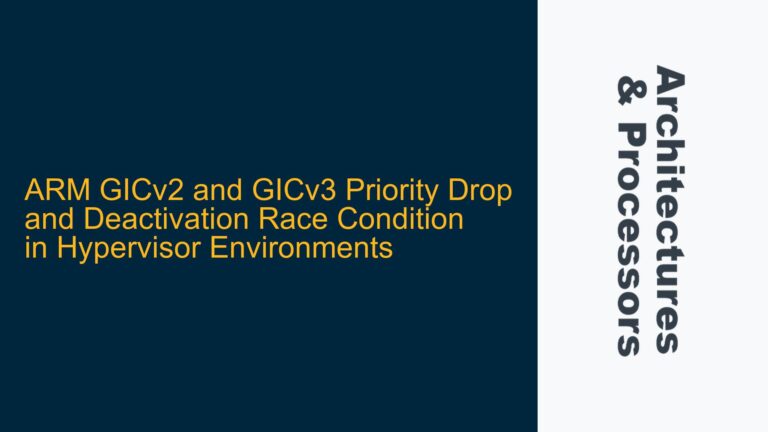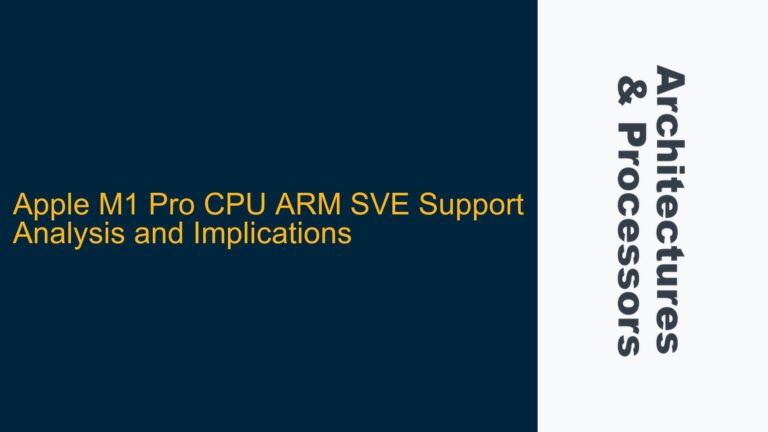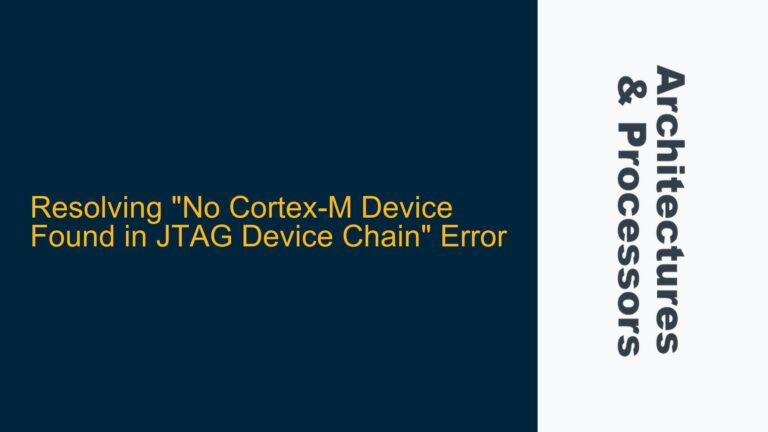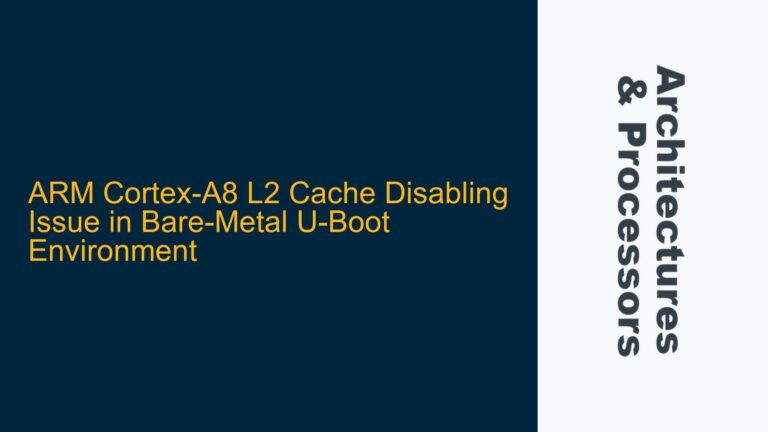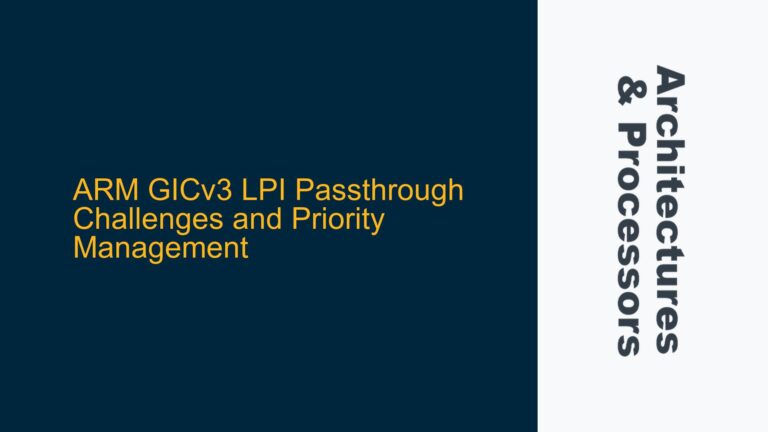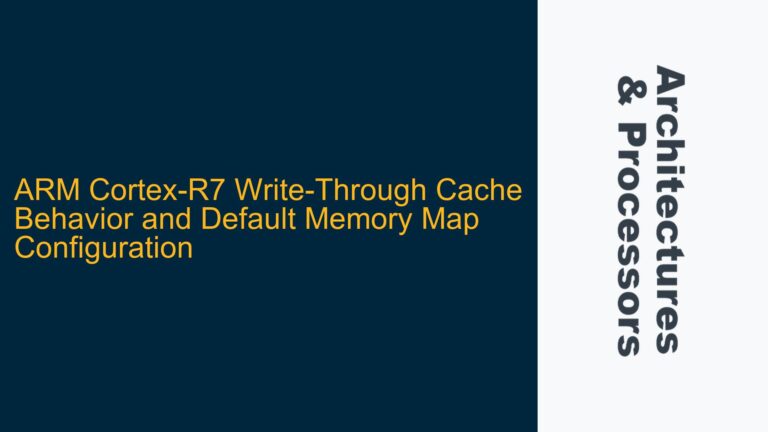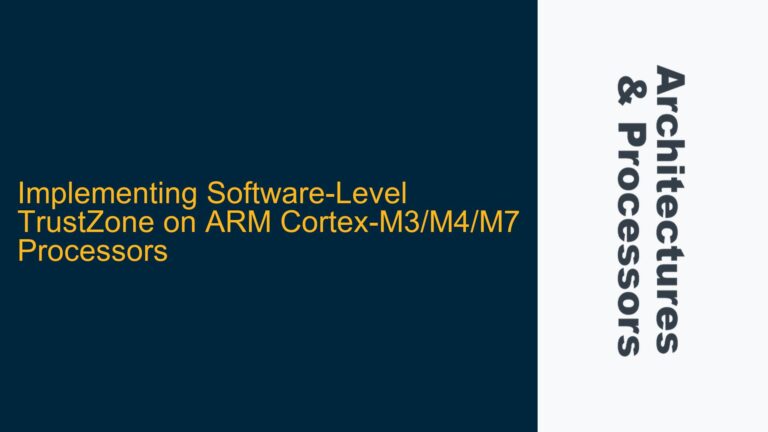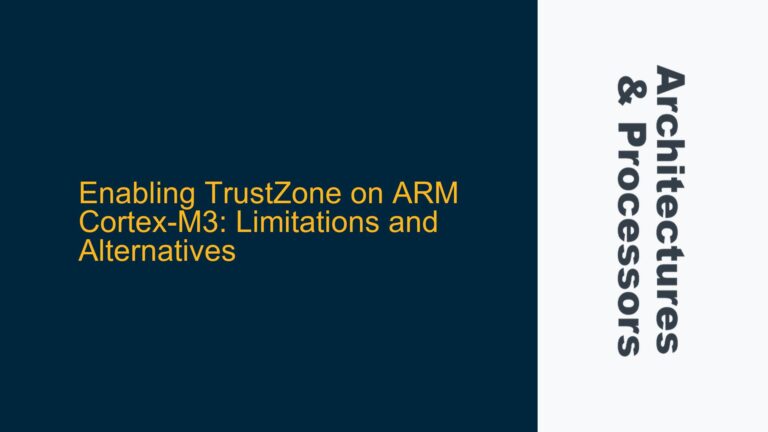ARM GICv2 and GICv3 Priority Drop and Deactivation Race Condition in Hypervisor Environments
GICv2 and GICv3 Priority Drop and Deactivation Race Condition Overview In hypervisor environments utilizing ARM’s Generic Interrupt Controller (GIC) versions 2 (GICv2) and 3 (GICv3), a race condition can occur between the priority drop and deactivation of physical interrupts when routing interrupts to virtual machines (VMs). This issue arises specifically when the hypervisor is configured…
